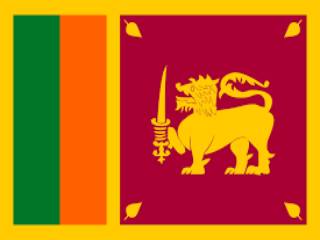Chaitra Krushna Dashami, Kaliyug Varsha 5112
By Antony Kuriakose
HINDUS consisted of 80 per cent of the population of India in 2001. Naturally one would expect the same percentage to be present, wherever the Indian diaspora is considered. But in the Middle East (based on USA Government data), the number of Hindus is as follows: Bahrain (44286) United Arab Emirates (944352), Oman (96147), Kuwait (300667) Saudi Arabia (165606) and Qatar (65328). Hindus number only 1.6 million out of the total Middle East Indian diaspora of 3.3 million, that is 50 per cent.
Different political/religious/social reasons have ensured, that the percentage of Hindus compared to the local nationals, varies from a plain point six per cent (.6) in Saudi Arabia to 21.25 per cent in UAE. For example in Saudi Arabia, the labour department insists on only Muslims being recruited for working in the country and as such the proportion of Hindus in the NRI labour forces is barely, a mere ten per cent of the 1.5 million NRIs in Saudi Arabia. On the contrary, in Dubai capital of the UAE, the Hindu community is now even able to openly celebrate traditionally "loud" festivals like Holi and Deepawali and hence numbers as much as, 60 per cent of the NRI population of 1.5 million.
The best countries for the Hindu diaspora in the Middle East are Bahrain, Oman and Dubai, not necessarily in the same order. Of these, Oman has the best record, for the Sultans, the traditional rulers Oman have great regard for India and know its customs and vagaries. Sultan Taimur, the present Sultan’s grandfather, spent more than 30 years in Mumbai till his death in 1965, after his abdication; he is buried there. Sultan Said, the present Sultan’s father, studied in India. Oman’s current ruler, Sultan Qaboos bin Said, personally granted support to the building of two temples in the country. Jayant Vyas, the second priest at the Krishna Temple, Muscat, is all praise for the Sultan and adds : "During the Babri Masjid riots in India, the Sultan personally ordered his guard to protect the temple. He told us not to fear any attacks and to continue with our pujas."
Hinduism first came to Muscat in 1507 from Sindh. Indeed, four Hindu temples existed in Muscat ca. 1760. The number of Hindus had declined in the 20th century, although it is now stable. The historical Hindu Quarters of al-Waljat and al-Banyan are no longer occupied by Hindus. Today Oman is the only country in the Middle East which has an indigenous Hindu minority. It is the only Arab country, where irrespective of his or her religion, any person who has lived in the country for at least 20 years, is eligible to apply for citizenship, which almost a thousand Indians have so far been accorded so far.
Source: The Organiser
Also See
 |
Hindu Genocide in Kashmir & Bangladesh
Online photo exhibition of Hindu genocide and temples destruction in Kashmir by local Muslims. Series of exhibitions being arranged. |
 |
Save temples from Anti-Hindus
Temples are the centres of Hindu Dharma. Anti Hindu forces like Muslims, Congress, Christians has constantly targetted them. HJS is fighting against these forces. |




